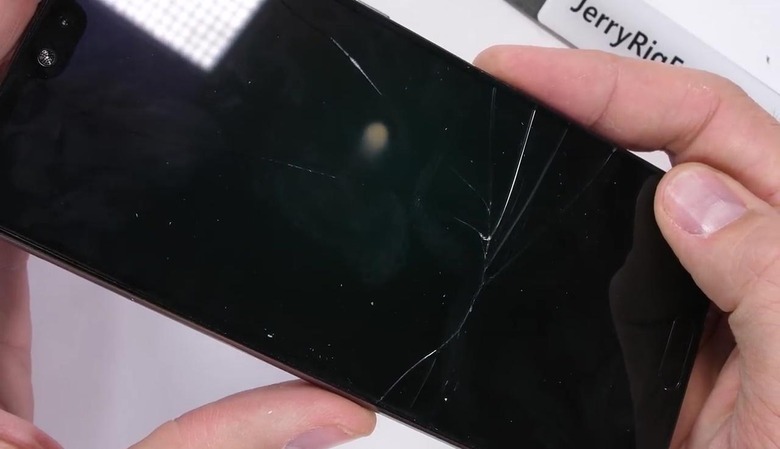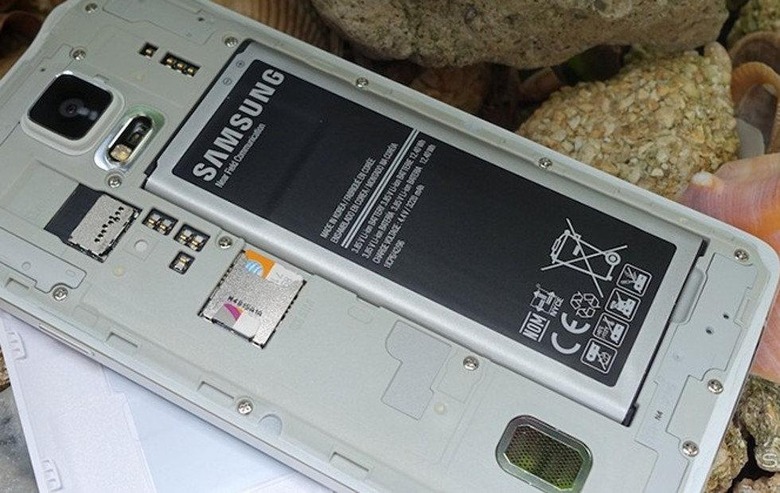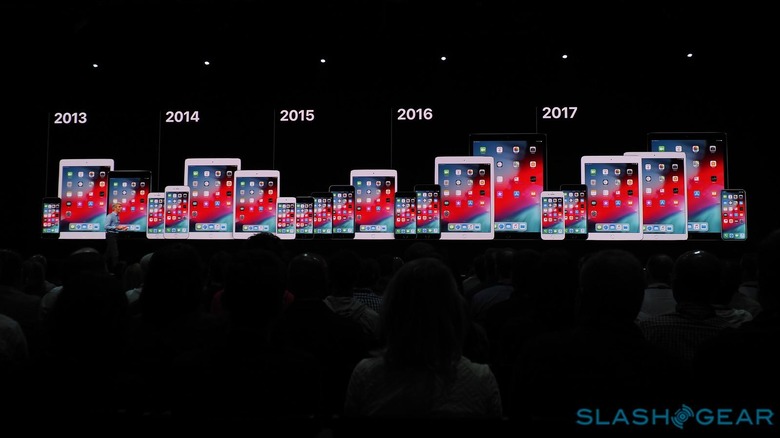Phone Durability Or Performance: Why Users Upgrade And Why You Shouldn't
There's a sort of tug of war going on inside every smartphone manufacturer. On the one hand, they want to create a device that won't easily break and give their brand a bad rap. On the other hand, they want consumers to upgrade to new models often, if possible every time they come out with a new one year after year after year. There seems to be an unspoken agreement where phones are considered "deprecated" just two years after they launched, thanks to being cut off from regular software updates – But is that enough reason to upgrade to a new phone? What are the reasons users have when they upgrade? Or more importantly, should you?
Breaking phones (and hearts)
This is almost a no-brainer: when you break a phone beyond repair, it's obviously time to get a new one. Usually, that's also an opportunity to opt for a newer model than the one you broke (unless that phone happens to be the latest). That said, given smartphone build qualities these days, that might not exactly be as clear-cut as it was years ago.
Most smartphones, with few embarrassing exceptions, have survived JerryRigEverything's hands. Almost everyone using Corning's Gorilla Glass these days. And many phones have some amount of water resistance, except those whose cameras slide in and out from the top. The only kind of damage we haven't sufficiently been protected from is shattered screens from disastrous falls. But with warranties and sturdier designs, such irreparable situations have become less common these days to the point that it's actually news when they do happen.

Growing old
Many owners attached to their dear phones might actually prefer to get the same model if theirs break. Unless their beloved phone is no longer available in the market. Most consumers will upgrade to a newer smartphone mostly for two reasons: new features they know they'll never have and feeling that their smartphones have become so sluggish that it's time for an upgrade. The former is marketing, which we'll get to later, while the latter is more about perception than a technical reality. In truth, users really should have little technical reason to upgrade their phones for performance reasons.
Processor
Smartphone makers might like it if hardware truly gets bogged down within two years, but the companies that make those components have the opposite priority. They build their hardware to last and, like the Energizer bunny, to keep on going. The processors in our smartphones are designed so that they maintain their performance as long as it lives. So when you feel your old Snapdragon 821 is getting slow, it isn't because it's actually getting slower. It is more likely because it is no longer up to task running today's software that demands more processing power than three to four years ago. That and you might be comparing it to a Snapdragon 845, which is obviously unfair.
Display
Smartphone screens have gone through numerous trends and improvements over the years but if you think about it, very few of those have an actual practical impact beyond offering a bigger screen to cram more things into. Many OEMs keep their top screen resolutions to 1080p and users are fine with that until the digital world has completely moved into 2K territory. No notch, curved edge, fingerprint-on-display, or 120 Hz refresh rate has compelled users to upgrade right then and there. And, unless it's broken or burned screen, performance doesn't wane over time either.

Storage
It might come as a surprise to many people but data storage, no matter the type, has a limited number of times you can write data on them. The worst is the eMMC storage, the very one used in smartphones and microSD cards. But even with their very limited number of writes, you're unlikely to reach the end of their life before some untoward incident sends your phone to its grave. Read/write performance could indeed be affected by wear and tear (electronically speaking) but not to the point of being unusable.
Battery
In ages past, an old battery could easily be replaced by snapping the smartphone's back off and sliding a new battery in. The age of unibody handsets, however, have made that nearly impossible. And yet it is also the battery that gets degraded the fastest over time, even within just two years. Its volatile nature and recent incidents have also made consumers more cautious about battery life. This is why Apple's throttling of iPhone performance to maintain battery integrity made such a big splash in the industry. With no easy way to replace it, dying batteries are pretty much a death sentence to your old phone and a signal to upgrade to a new one.

Software and Habits
But if hardware isn't the reason why smartphones feel so slow and old, what is? If you haven't guessed it, that would be the software. Users pay little heed to what they install and use and, over time, those can burden the smartphone. There's also the case where software that gets updated for newer devices sometimes adopt features that don't run well on older hardware. User habits also change over time, too. They start using more and more apps that demand more from their smartphones and sometimes those just can't keep up. Still, it's cheaper to do some housekeeping or even a reset of a smartphone than to buy the latest and greatest. You might be surprised to see your three to four-year-old phone running fast on a clean slate.
Shiny!
Many users upgrade their phones because of new features they think or know will never be available to them, no matter how long they wait. But unless it's a new feature that requires new hardware, like dual cameras, wireless charging, Face ID, or a Bluetooth S Pen, chances are those features can still come via a software update. Updates that can also actually improve performance by optimizing how the software runs.

The problem is that many phone manufacturers don't, especially in Android land. The update situation there, though improved, is still depressing and iOS 12's support for the five-year-old iPhone 5s just put Google and friends to shame. Of course, one should also adjust expectations, considering you are running new software on old hardware (see above), but as far as features are concerned, iPhone users have got it made.
Android owners do have their unsupported options, but not everyone can root their phone or install custom ROMs. And not all phones and features are supported through those means anyway. It's a sad state of affairs that software is being withheld when there's little technical reason to do so. It is not so subtle version of planned obsolescence.
Wrap-up
To upgrade or not to upgrade? That is the almost Shakespearian question that faces every smartphone user when new phones arrive in the market. For those with broken phones that are no longer sold in the market, the answer is a clear yet heart-breaking yes. For everyone else, it's really a matter of asking whether that new feature is worth $600 to $800 to even $1,000 at this very moment. Because if performance is concerned, we should never really have to upgrade our smartphones every two or even three years. Unless we're talking about batteries. Sadly, the smartphone market is hellbent on selling you the latest and greatest, even when you don't need it yet.
